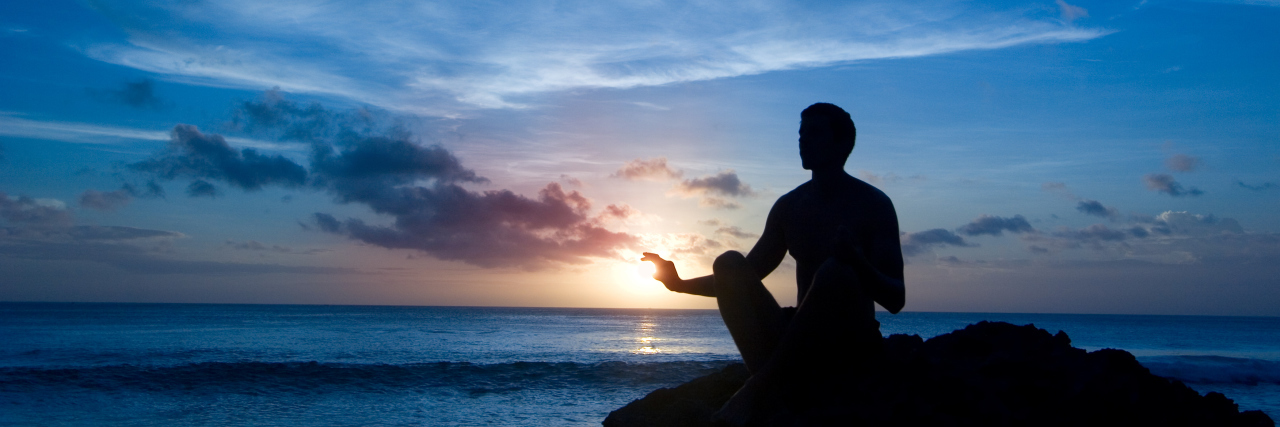“Fully in … let it go.”
The now familiar tones of Wim Hof echoed inside Aulua Lodge at Red Hill, Australia.
“Feeling is believing.”
And then there was stillness. Basking in the afterglow, I noticed my cheeks wet with tears. More came. Easily. The rising emotion was one of elation; something I hadn’t felt so profoundly in years.
With eyes closed, I fell into the energy in the room. A group of beautiful souls; most I had only just met, but all of whom I resonated with deeply, all following a single thread — the breath, no matter where it led.
As we are told in the Vedas: “Truth is one, but the sages speak of it by many names.” At that moment, such words seemed particularly apt. The breath. Truth.
It felt like I had arrived. But how did I get there? Not one kilometer from where my grandparents used to live, where the sights and smells — the very taste of the air in each breath — took me right back to my childhood.
Yet here I was, some 40 years later, in a room full of people alongside an eccentric Dutchman; a brother to all of us. Breathing. Getting back in touch with that little boy inside me. So much had transpired in the space between, and I had so much I needed to tell him.
After more than 20 years of working with the world’s leading brands as a communications senior executive, a series of significant events led me to totally redefine my purpose.
Ten years ago, my younger sister and only sibling took her life after a long battle with chronic illness. This was followed by my mother, who ended her own suffering with cancer three years later. Just weeks after that, I was diagnosed with a rare and progressive blood cancer. Not surprisingly, I quickly spiraled into a deep depression, but over time I found renewed meaning in my experience; quitting my corporate existence and focusing on wellbeing — both my own and others’.
Most importantly, I had found the practice of meditation was one of the key elements to putting myself back together, both in mind and body — with particular emphasis on the intimate connection between the two — and this became my primary focus. I have many people to thank, as I learned as much as I could from Tibetan Buddhism, mindfulness, neurolinguistic programming, epigenetics, geobiology and more.
It was during this time of exploration and discovery that Wim appeared. I had already heard stories of “the Iceman” and his many feats, but it seemed somehow extraneous to my focus. However, one weekend late at night I stumbled across his VICE documentary, and I was captivated; for many reasons. Firstly, I thought it showed great promise in helping alleviate the symptoms — if not working directly on the source — of my own cancer, but I could also see how it was a potentially effective tool in helping others with a broad range of health issues.
That same night, I looked up some basic WHM instructions online, did some rounds of breathing, and took a cold shower. To say I felt great would be an understatement of epic proportions. I signed up for the 10-week course the very next morning, and went to see Wim when he came to Melbourne a short time later.
To my surprise, I found myself with an opportunity to speak with him personally, just the two of us, and I was at first taken aback with his transparency and authenticity. He gave me a great deal of time, in a pressing environment, discussing my health issues directly.
While my blood counts have not changed dramatically in the intervening period, they have remained stable and even slightly improved, which is a great result for a progressive cancer such as mine. Most notably, the WHM helps so much with symptoms such as fatigue and pain.
Interestingly, I also had an exaggerated histamine response, which caused intense itching — a common situation for this kind of blood cancer, called a Myeloproliferative Neoplasm (MPN). This has now changed and my overall response is vastly improved. It seems the WHM is helping regulate cytokines, which are the small proteins involved in immune system signaling and inflammation, as well as reducing histamine release from mast cells, both of which appear to be the major source of my itching.
Furthermore, my blood work has always showed positive for antinuclear antibodies (ANA), which means I have antibodies that attack healthy proteins within the nucleus of the cell; a situation seen in many auto-immune conditions. This is separate from my cancer, but quite possibly related. In my most recent blood tests, my ANA was totally undetectable — while this can happen spontaneously, for me it never has, and I have every reason to believe this is due to the WHM and its impact on the immune system.
While I continue to be challenged at times with my condition, I am leading a very full life, and am living my passion and purpose. Much of this is thanks to Wim, and I am excited to be able to share the benefits of the WHM with as many people as possible.
This post was originally published on the Wim Hoff Method blog.
We want to hear your story. Become a Mighty contributor here.

